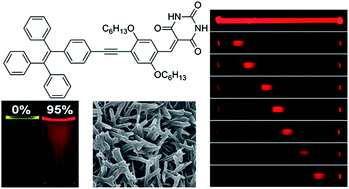The 12th International Congress on Artificial Materials for Novel Wave Phenomena – Metamaterials’2018, will comprise a 4-day Conference (27–30 August), and a 2-day Doctoral School (31 August–1 September).
Organized by the METAMORPHOSE VI AISBL (http://www.metamorphose-vi.org/) and hosted by Aalto University (Espoo, Finland), this Congress follows the success of Metamaterials 2007-2017 and continues the traditions of the highly successful series of International Conferences on Complex Media and Metamaterials (Bianisotropics) and Rome International Workshops on Metamaterials and Special Materials for Electromagnetic Applications and Telecommunications.
The Congress will provide a unique topical forum to share the latest results of the metamaterials research in Europe and worldwide and bring together the engineering, physics, applied mathematics and material science communities working on artificial materials and their applications from microwaves to optical frequencies, as well as in acoustics, mechanics, hydrodynamics and thermodynamics.
Plenary Speakers include:
- Nader Engheta, University of Pennsylvania – Metamaterials for Informatics.
- Martin van Hecke, Leiden University/AMOLF – Complex Mechanical Metamaterials.
- Stefano Maci, University of Siena – Metasurface Design.
- Arno Rauschenbeutel, Technische Universität Wien – Chiral Quantum Nanophotonics.
Materials Horizons and Journal of Materials Chemistry C are delighted to support Metamaterials’2018 with student prizes.
Register before 25 June 2018 for early-bird registration rates. Visit the conference website for more information.
Follow Metamaterials’2018 on social media: Twitter, Facebook



















